 Jim Hughes on Richard Whelan (cont’d)
Jim Hughes on Richard Whelan (cont’d)
On July 5, 2016, editor and author Jim Hughes — the first to raise in public any questions about the credibility of the Capa D-Day myth, back in 1986 — sent me the following email, which I publish here with his permission.
In part, it follows up and elaborates on his August 23, 2015 Guest Post in this series. It also responds to my own previous post in the series, part of a cluster in which I have examined the involvement of Cornell Capa and the International Center of Photography in the making of the Robert Capa D-Day myth, which continues here.
Jim’s email arrived with the subject heading “Tragedy in the Making”:
Allan: Took a couple days off from my computer, and returned to find your Capa History Recap #5, which offered, among other fascinating stuff, the PDF of the lawyer’s letter warning Patrick Jeudy to stop asserting that Robert Capa “staged” his photograph known as ”The Falling Soldier” and other photographs to increase his reputation.”
“This statement may reflect certain opinions expressed by Mr. Kershaw or by you,” attorney John Sare wrote, “but it is inconsistent with much scholarly work in this field. To assert the truth of this conclusion without qualification is, in our view, unconscionable and irresponsible.”
The lawyer then declares: “The promotional materials further state that the biography of Robert Capa written by Richard Whelan was “rigorously censored by … [Capa’s] family, the Magnum agency and the American trustees of the International Center of Photography. The foregoing statement is material and defamatory and has been published with a reckless disregard for the truth. The statement is damaging to the reputation of Robert Capa, Cornell Capa, Richard Whelan, Magnum Photos, and the International Center of Photography. Accordingly, my client demands that you cease and desist from the further dissemination of this or any similar statement in your promotional materials, your film or otherwise.”
I had not previously read this letter. But its date, January 14, 2003, is revealing, at least to me. By that date, with Cornell Capa’s probably grudging approval, Richard Whelan had already accepted the “staging” scenario I had put forth in my 1986 review of his biography, which information had been based on an interview I had with Robert’s old friend and fellow photographer Hansel Mieth, as Whelan indicated in an article in Aperture magazine in 2002, the previous year.
And as I noted in my Guest Post for your blog (August 23, 2015), I had challenged Whelan repeatedly on this issue, both in print and online, culminating in a rather rancorous dialogue on the PhotoHistory forum in the spring of 2003, in which he astonishingly admitted that he’d had a letter from Mieth all along, even while writing his book, that detailed the very story he finally accepted as the truth of the matter.
It should be noted that at some point earlier, I had had a conversation with Whelan, at an ICP opening, as I remember, and asked him point blank whether he had allowed Cornell to see his manuscript while it was in progress. “Of course,” he replied without hesitation. “He had the right of approval. That was our agreement. It was an authorized biography.” I can only imagine that Cornell had full knowledge of Mieth’s letter, as well.
And yet, knowing what they knew, they still sanctioned this threatening letter from their lawyer. Chilling, to say the least.
But the kind of pain that leads to such seemingly inexplicable behavior must run deep. Allan, you are doubtless correct to trace to his mother Julia at least some of Cornell’s apparent willingness to risk a lifetime of mostly good and generous work for such dubious and, at bottom, petty reward. I have it on good authority that at Robert’s burial at the Quaker Amawalk Hill Cemetery in Yorktown, N.Y., the quiet place of eternal rest recommended by his old friend John Morris, mother Julia was heard to sob, “The wrong son is being buried, the wrong son died …” I was told that Cornell heard every word.
He soldiered on. To henceforth shine a golden light on his brother was perhaps to shine it upon himself, as well. Maybe his mother would take notice. If not in this world, then the next.
Cornell and Robert are both now buried at Amawalk Hill, along with their mother Julia, Cornell’s wife Edie, and Richard Whelan.
Best,
Jim Hughes
The Fake’s Progress
Here’s Whelan on “Falling Soldier” in his 1985 Capa biography:
In any case, it seems rather improbable that proud soldiers would have agreed to stage photographs that purported to show their deaths. If it had been a question of intentional fakery, it seems more likely that all involved would have preferred to stage pictures of victory. But in the end, after all the controversy and speculation, the fact remains that Capa’s Falling Soldier photograph is a great and powerful image, a haunting symbol of all the Loyalist soldiers who died in the war, and of Republican Spain itself, flinging itself forward and being struck down. To insist upon knowing whether the photograph actually shows a man at the moment he has been hit by a bullet is both morbid and trivializing, for the picture’s greatness actually lies in its symbolic implications, not in its literal accuracy. (Pp. 97-100)
Here is his first revisionist backpedaling on that claim, from the article referred to above by Hughes that appeared in Aperture No. 166, Spring 2002 (click here for a pdf download):
I believe that the evidence overwhelmingly proves The Falling Soldier to be a photograph of Federico Borrell García at the moment of his death during the battle at Cerro Muriano on September 5, 1936. May the slanderous controversy that has plagued Robert Capa’s reputation for more than twenty-five years come now, at last, to an end with a verdict decisively in favor of Capa’s integrity. Even the dead should have a right to be considered innocent unless they are proven – beyond any reasonable doubt – to be guilty. Such solid evidence as there is all supports the authenticity of Capa’s great photograph. It is time to let both Capa and Borrell rest in peace, and to acclaim The Falling Soldier once again as an unquestioned masterpiece of photojournalism and as perhaps the greatest war photograph ever made.
In 2006, at the PBS website (in conjunction with that station’s broadcast of the Anne Makepeace film Robert Capa: In Love and War), Whelan published a variant of that article, “Proving that Robert Capa’s ‘Falling Soldier’ is Genuine: A Detective Story,” redoubling his claim:
There can be no further doubt that The Falling Soldier is a photograph of Federico Borrell García at the moment of his death during the battle at Cerro Muriano on September 5, 1936.
Then, just one year later, came this, the concluding paragraph from that chapter of from This is War!:
By Capa’s own testimony to Hansel Mieth, his Cerro Muriano photographs leading up to The Falling Soldier depict “fooling around” rather than posing or actual fighting. But, according to that same testimony, the moment captured in The Falling Soldier was deadly earnest. Federico Borrell García stood up for what was intended to be a heroic portrait but which became, completely unexpectedly, a picture of a man who has just been mortally wounded.
Taken in tandem with Whelan’s acknowledgment earlier in the chapter that he, Cornell Capa, and John G. Morris had effectively buried the Mieth letter for 35 years — not just ignoring it himself but preventing access to it by anyone else (including Capa biographer Alex Kershaw, who nonetheless accessed it elsewhere) — I view this as a confession of abject failure to fulfill the ethical obligations of biographer and historian. Having no inclination toward psychobiography, I offer no speculation on how that professional commitment to willful untruthfulness affected Whelan’s state of mind at the end of his life. I can only tell you that it would weigh heavily on mine.
“Falling Soldier” Redux
Certainly we must consider it fortunate for Whelan (and his patron) that they did not live to find themselves confronted by the recent announcement of research results proving conclusively that Capa’s “Falling Soldier” was staged by Capa at Cerro del Cuco, outside the town of Espejo, Córdoba — and that no soldiers died there that day. As the Spanish scholar José Manuel Susperregui writes,
Robert Capa was definitely present at [the Cerro Muriano battle on September 5, 1936], but before that he was in Espejo, where he took the photo of the soldier — or more accurately — of the soldiers, on days that witnessed neither military action nor deaths, as revealed in the research of Francisco Moreno. … The battle of Espejo started on September 22 and ended three days later. ‘Falling Soldier’ was published on September 23, which again totally rules out the possibility of Robert Capa having taken this photograph during the battle of Espejo.
Furthermore, Susperregui provides compelling evidence that Capa made this photograph with his twin-lens square-format camera. Surprisingly, given the thoroughness of his project, coupled with his own extensive practical experience with photographic equipment, Susperregui does not follow his proof of the negatives format to its logical conclusion: Though by then he always carried a twin-lens reflex (because editors preferred to work with prints from the larger-format negatives whenever possible) Capa never used one in combat — more evidence that he did not make “Falling Soldier” or the other images in that series while under fire, but instead staged the situation.
So Capa didn’t make that image and its companions “during the battle at Cerro Muriano” or any other battle; he didn’t even make it at that location; he didn’t make it on September 5, 1936; it doesn’t show Federico Borrell García; and it is not now, and never has been, “a picture of a man who has just been mortally wounded.” In short, hard evidence impeaches every single claim that Whelan — on behalf of his patron — has ever made for this image.
Susperregui summarized his research, and his fascinating methodology, clearly and unpedantically in his article “The location of Robert Capa’s ‘Falling Soldier,'” published in the April 2016 issue of the Spanish journal Communication & Society. You can download an English-language translation of his article as a pdf file here. And you can download a pdf file of the original Spanish-language version here.
•
To the email with which I opened this post Jim Hughes appended the following quote, prefaced by a comment:
In 2009, the syndicated columnist George Will wrote the following about “Falling Soldier,” which I found interesting enough to save, despite Will’s politics:
“In 1995, the controversy seemed to have been settled in Capa’s favor when the fallen soldier supposedly was identified as Federico Borrell Garcia, an anarchist militiaman. But a 2007 Spanish documentary included a written eyewitness account of Borrell dying many miles away, behind a tree. There are no trees in the many pictures Capa took when he took ‘Falling Soldier.’
“The coolly analytic professionals at the International Center of Photography in Midtown Manhattan, which has the Capa archives, are commendably dispassionate about the ‘Falling Soldier’ controversy. They also avoid postmodern mush, such as: All photographs are manipulative fabrications because the photographer chooses to point the camera here and not there, and, anyway, ‘Falling Soldier’ is ‘basically’ truthful because it illustrates the ‘essential truth’ about war.
“Capa was a man of the left, and ‘Falling Soldier’ helped to alarm the world about fascism rampant. But noble purposes do not validate misrepresentations. Richard Whelan, Capa’s biographer, calls it ‘trivializing’ to insist on knowing whether this photo actually shows a soldier mortally wounded. Whelan says that ‘the picture’s greatness actually lies in its symbolic implications, not in its literal accuracy.’
“Rubbish. The picture’s greatness evaporates if its veracity is fictitious. To argue otherwise is to endorse high-minded duplicity — and to trivialize Capa, who saw a surfeit of 20th-century war and neither flinched from its horrors nor retreated into an ‘I am a camera’ detachment …”
This appeared in a November 15, 2009 op-ed column that Will published in the Washington Post. Though I rarely find my thoughts coinciding with Will’s, I couldn’t agree more; even a stopped clock is right twice a day.
How Things Work
Though surrounded in his professional environment by experienced photographers who could easily have informed him on craft issues, Whelan shared John Morris’s willful ignorance of anything related to the production of photographs. He appears not to have sought any knowledgeable input on matters of photographic practice, and apparently received none from his patron. As evidence, consider this anecdote, delivered blithely by the biographer:
Capa himself nearly destroyed his Calumet City films [for a LIFE assignment in December 1940] by accident. Alone in the Chicago office of Time Inc., he put the films in developing solution and left the darkroom for a smoke. When it was time to go back in, he discovered that the door was locked and he didn’t know where the key was hidden. Since it was imperative that he get inside immediately, he grabbed a hammer, smashed out the doorknob and lock, and then stuffed a blanket into the hole to block the light. The story was worth all the trouble, for Life gave it four pages. (P. 173. Click here for the LIFE issue, and scroll down to page 74.)
As with so much in Whelan’s book, this tale has no source, making it impossible to verify whether the author made it up or accepted it uncritically. Either way, it’s simply nonsense.
Robert Capa had begun his career in photography as a darkroom workhorse in Berlin, developing film for the photographers connected to Simon Guttmann’s agency Dephot. Like any photographer (including his brother Cornell), Capa knew that you don’t “put the films in developing solution” and step out for a smoke. Development of film requires regular agitation of the film reels in the developer (the standard formula: 5 seconds of agitation for every 30 seconds in the solution), and takes just a few minutes. So either Capa stood next to the film to agitate it or some darkroom tech did so.
This is hardly “magisterial,” as Willis Hartshorn describes Whelan’s 1985 Capa biography in his “Director’s Foreword” to This Is War! To the contrary, it’s bumbling, dishonest, and embarrassing — embarrassing to Whelan, as well as to the institution that subsidized and supported him to crank it out so abundantly.
In my next post, we’ll turn to comparable blather from Whelan on the subject of Capa’s D-Day images.
•
(For an index of links to all posts in this series, click here.)
•
 Special offer: If you want me to either continue pursuing a particular subject or give you a break and (for one post) write on a topic — my choice — other than the current main story, make a donation of $50 via the PayPal widget below, indicating your preference in a note accompanying your donation. I’ll credit you as that new post’s sponsor, and link to a website of your choosing. Include a note with your snail-mail address (or email it to me separately) for a free signed copy of my 1995 book Critical Focus!
Special offer: If you want me to either continue pursuing a particular subject or give you a break and (for one post) write on a topic — my choice — other than the current main story, make a donation of $50 via the PayPal widget below, indicating your preference in a note accompanying your donation. I’ll credit you as that new post’s sponsor, and link to a website of your choosing. Include a note with your snail-mail address (or email it to me separately) for a free signed copy of my 1995 book Critical Focus!


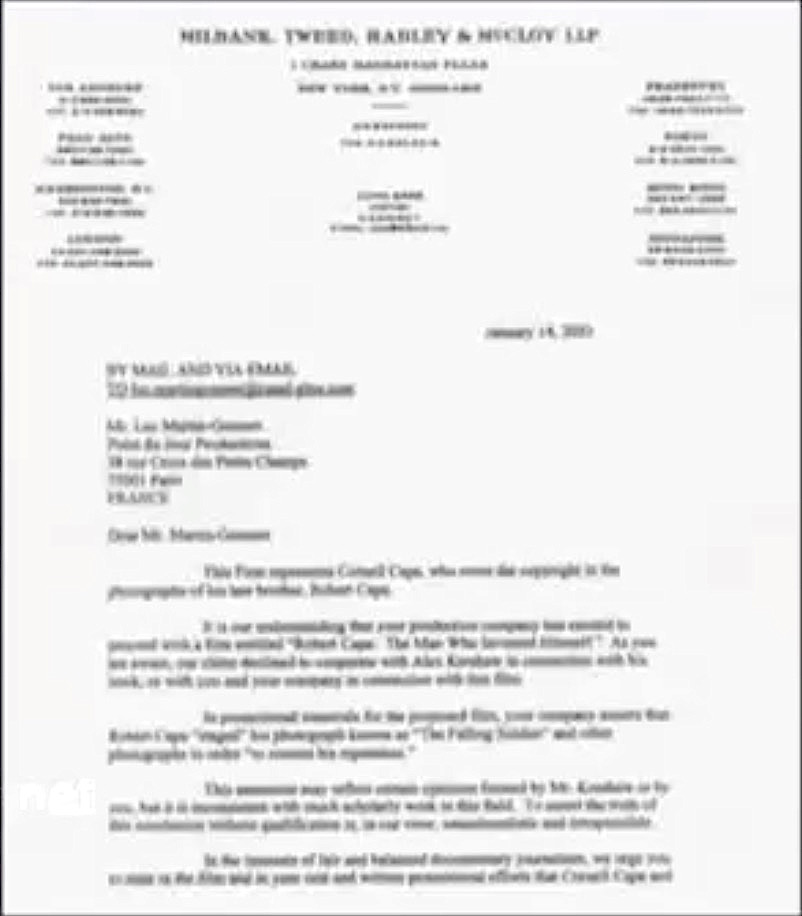
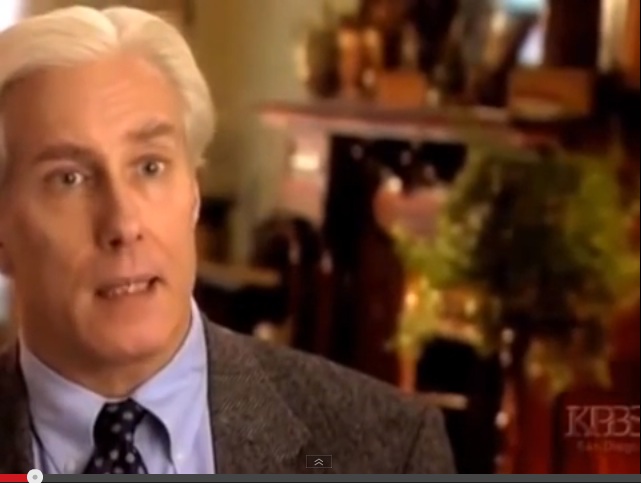
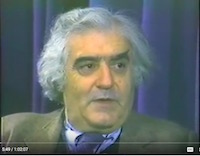
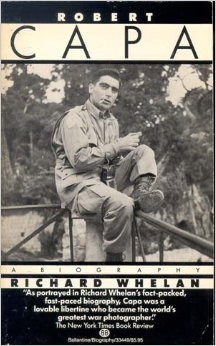
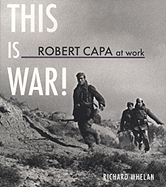
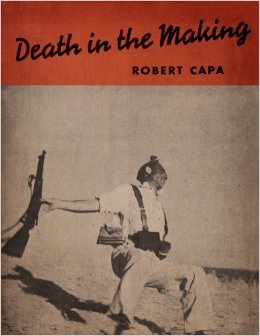
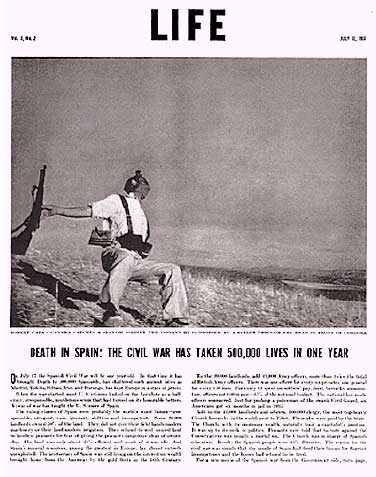
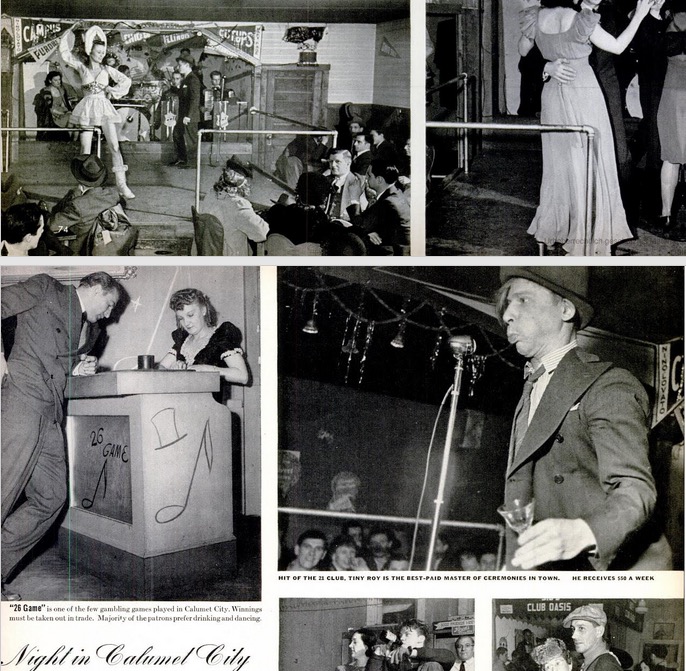




Allan,
just a note of congratulations on your terrific pursuit of truth. I admire you immensely for it!
Indeed, even the late Howard Chapnick would agree that in some cases — like the subject on which you are gnawing — Truth Needs an Ally !
respectfully,
Viviane